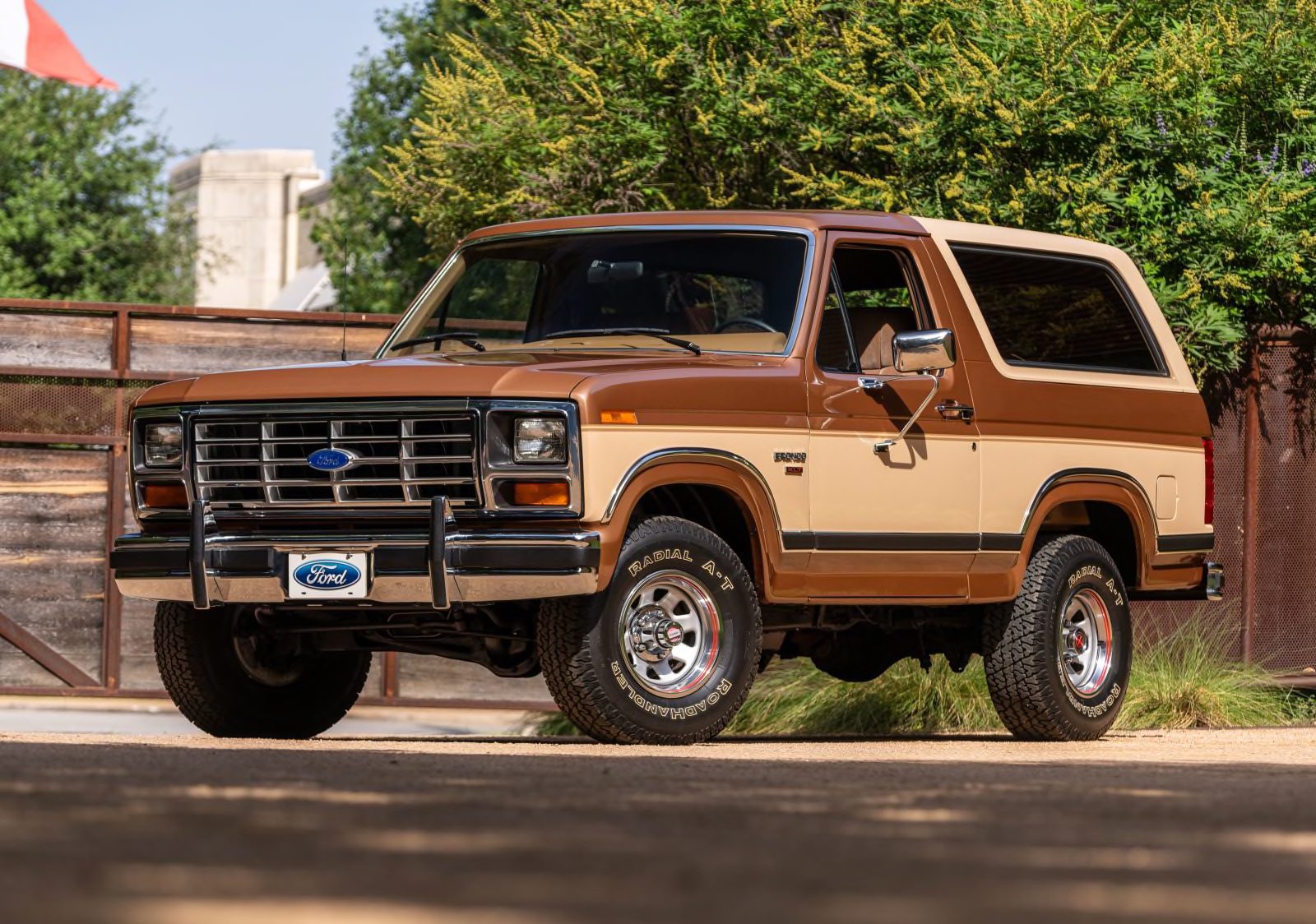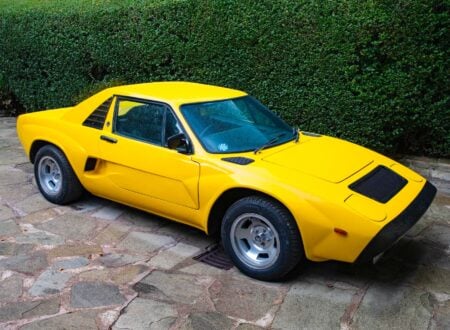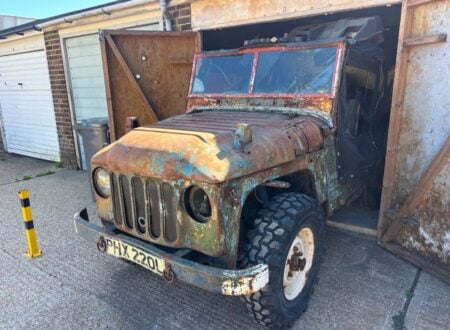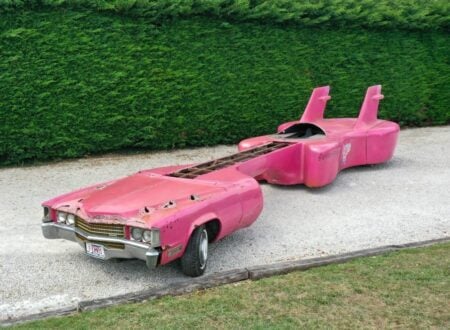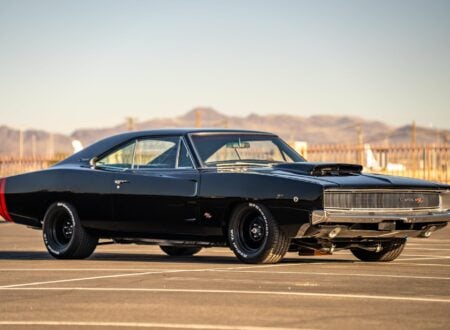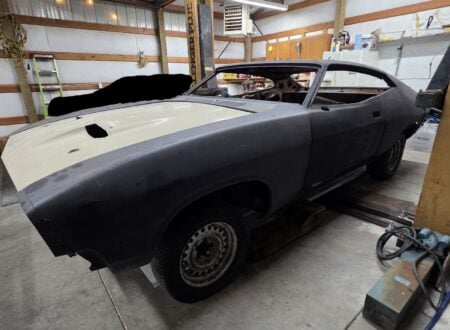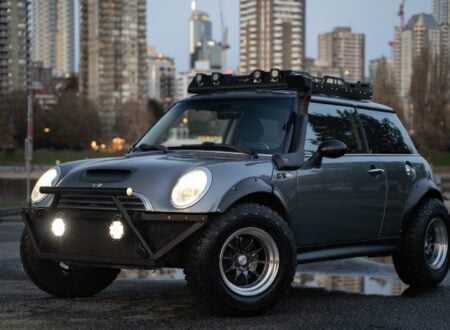This 1986 Ford Bronco XLT is a remarkably original survivor that’s showing just 7,539 miles on the odometer. It presents in time capsule condition throughout, largely because it’s been carefully stored in a climate-controlled garage away from the sun, rain, and snow.
This vehicle is a member of the third generation of the Bronco family that appeared in 1979 and was sold until 1986. It’s a model series that’s now starting to capture the attention of collectors, and prices have been rising across the board.
Fast Facts – The Third-Gen Ford Bronco XLT
- Ford would release the third generation Ford Bronco for the 1980 model year, it was based on the best-selling Ford F-150 pickup truck of the same time and parts commonality between the two vehicles was broad.
- The third-gen Bronco was both shorter and lighter than the preceding second-ten model, and it was designed with a more efficient drivetrain – reflecting increasing consumer interest in more efficient vehicles.
- The base Bronco was fitted with a 4.9 liter inline-six with the 5.0 liter and 5.8 liter V8s being popular optional upgrades. Power was sent back through either a 3 or 4-speed automatic or a 4-speed manual, then through a dual range transfer case to either the rear wheels only or all four wheels depending on the driver’s preference.
- Nicknamed the “Bullnose” for its aggressive front end styling that some believed resembled a bull, the third-gen Bronco sold well, in fact its final year in production was also its best-selling year with 62,127 examples rolling off the production line.
How To Build A Better Bronco
Development of the third generation Ford Bronco began in 1977, this was interesting for a number of reasons but mostly because the second generation Bronco hadn’t event been released for sale by that point.
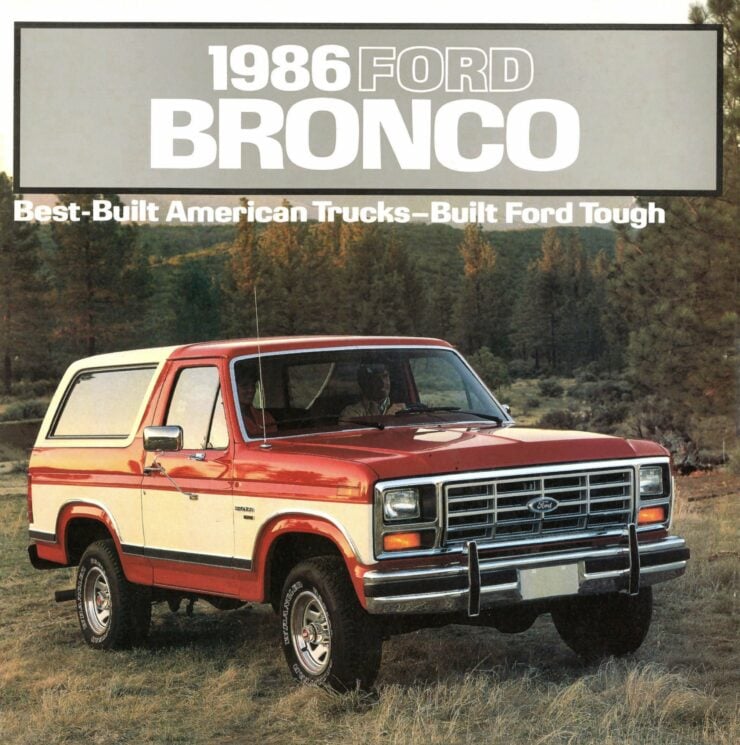

The second gen Bronco had its introduction delayed time and again, eventually it was pushed back from 1974 all the way to 1978 and even then it was only sold for two years before it was replaced with its successor.
The original Ford Bronco had been released in 1965 and proven wildly successful, but of course by the mid-1970s it was long in the tooth and was being outsold by the likes of the Chevrolet K5 Blazer and the Dodge Ramcharger – both much larger “full sized” SUVs that American buyers had shown they preferred.
Ford had been ready to unveil their all-new full sized Ford Bronco in 1973 for a 1974 release but the 1973 Oil Crisis blew gasoline prices up into the stratosphere – suddenly it didn’t seem that smart to release a much larger, much heavier, and much more thirsty 4×4. As a result the first gen truck remained in production a while longer.
Despite its long production cycle the second generation Bronco did have some issues, it was arguably too large and too heavy, and fuel economy suffered. Back in the 1960s fuel economy wasn’t such a concern, but in the post-1973 Oil Crisis world it suddenly mattered a great deal to a great many people.
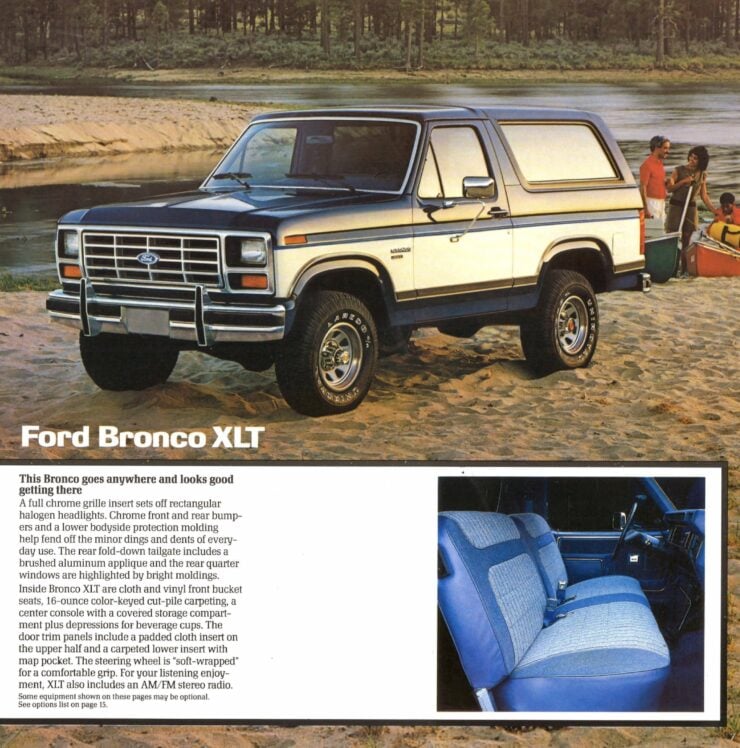

As a result of all this, it was considered critically important that the Bronco that came next be a bit lighter, more economical, but no smaller physically – as people still wanted those full size dimensions and the Ford Bronco II was due to release in 1982 which would offer a scaled down version for those who wanted it.
The “Bullnose” Ford Bronco
Interestingly, the engineers at Ford managed to cut the weight of the third generation Bronco, nicknamed the “Bullnose” for its looks, by 375 lbs (170 kgs). The base model came with the most economical engine choice, the 4.9 liter (300 cubic inch) inline-six, though many buyers opted to upgrade to the more powerful 5.0 or 5.8 liter V8 options.
As with its immediate predecessor, the Bullnose shared its platform with the Ford S-series pickup trucks, the F-150 in this case – in fact the two vehicles are almost identical from the doors forwards, and share much the same running gear and drivetrain options with significant parts commonality.
The Bullnose Bronco used the same trim level options as the F-150 which included the based model, the XL, the XLT, and from 1985 onwards the Eddie Bauer trim package. The XLT and the Eddie Bauer versions were the top of the line and the best equipped, and as a result they’re the most sought after by enthusiasts today.
The 4-speed manual transmission was the standard factory fitment, but many buyers ticked the box for an automatic – depending on year it would be either a 3 or 4-speed automatic with overdrive.
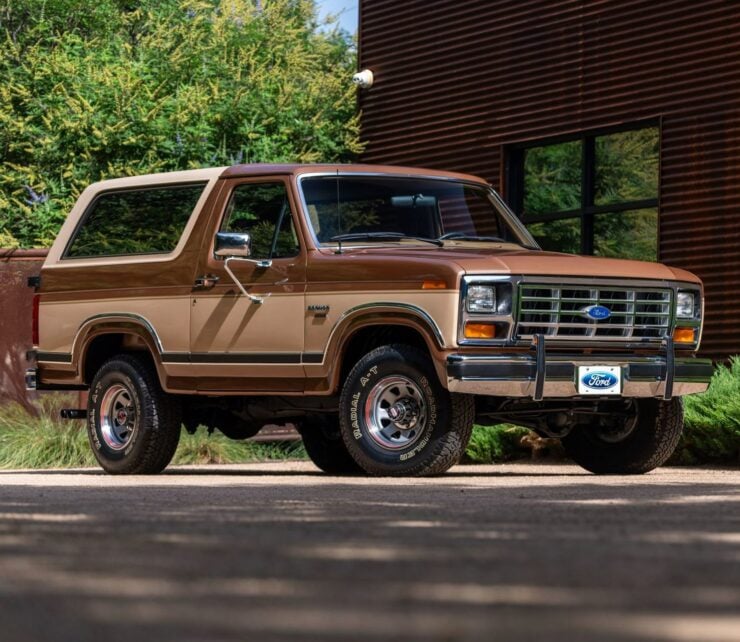

All versions for a dual range transfer case as well as a Dana 44 front axle with Ford Twin Traction Beam independent suspension, and a Ford 9 inch axle in the rear on leaf springs. The axle was changed over to the Ford 8.8 inch unit towards the end of 1986, meaning most got the earlier 9 inch.
The inline-six was good for 122 bhp, which isn’t remarkable but the engine was known for its good torque characteristics and the fact that it was almost bulletproof from a reliability standpoint. The 5.0 liter V8 produced 156 bhp, which later increased to 190 bhp with the introduction of electronic fuel injection from 1984 onwards. The 5.8 liter V8 could produce up to 210 bhp in high-output form, making it the most powerful, though of course it also consumed the most fuel.
Ford kept the third generation Bronco in production from 1980 to 1986, it was a strong seller to the point that its last year in production was also its best from a sales perspective, with 62,127 examples delivered to customers.
The 1986 Ford Bronco XLT Shown Here
The 1986 Ford Bronco XLT you see here is an original survivor with just 7,539 miles on the odometer. The listing explains that it’s been kept in a climate-controlled garage and it certainly shows, with the vehicle looking almost new from many angles.
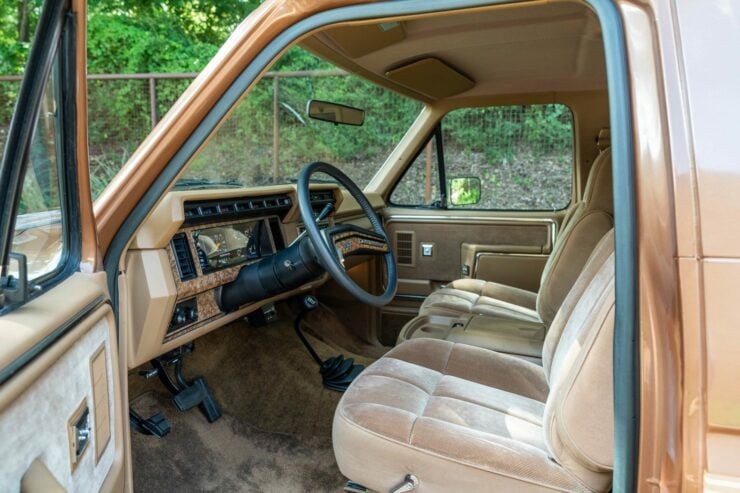

When it was ordered new this Bronco was optioned with the HO (high-output) 5.8 liter V8 engine and the XLT trim level, it was also given the towing package with four shock absorbers up front and two in the rear, all heavy duty.
It has a “super cooling” radiator with an auxiliary transmission cooler, dual engine block heaters, a 32 gallon fuel tank, underbody skid plates, and al imited slip 3.50 ratio Ford 9 inch rear axle. Inside you’ll find a heated privacy glass rear window, a brown cloth interior, the C6 automatic transmission, and a premium sound system.
The Bronco is now due to roll across the auction block with Mecum in late September at their Dallas auction. If you’d like to read more about it or register to bid you can visit the listing here.
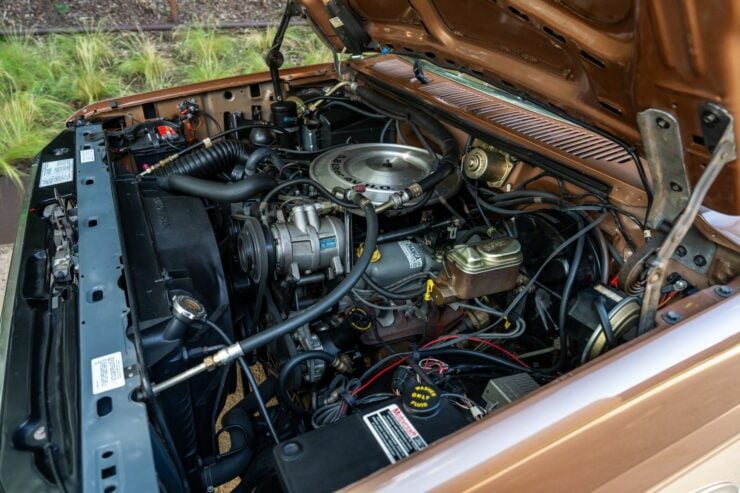
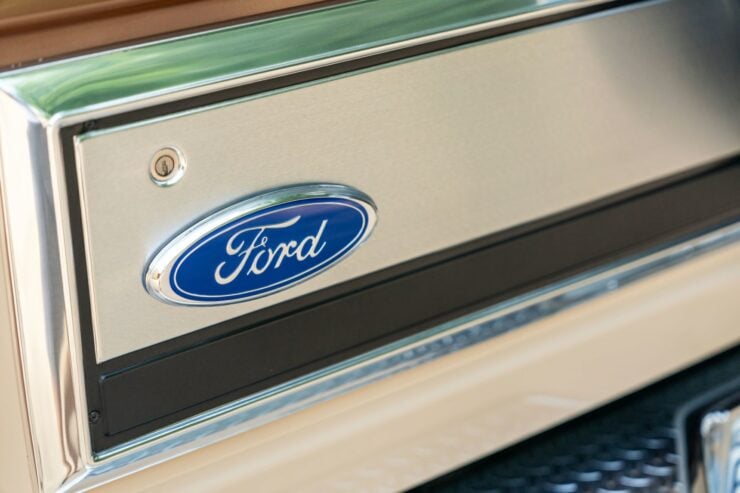
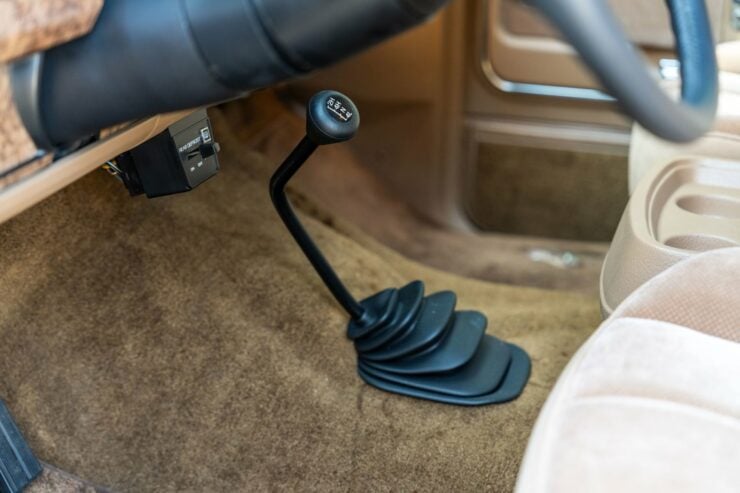
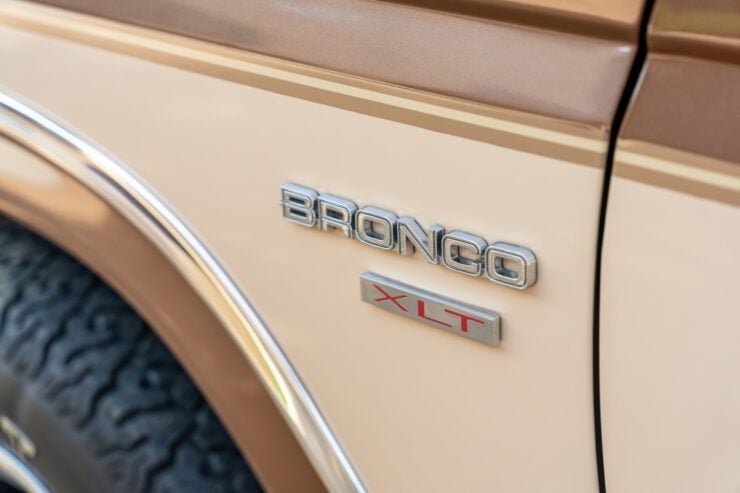
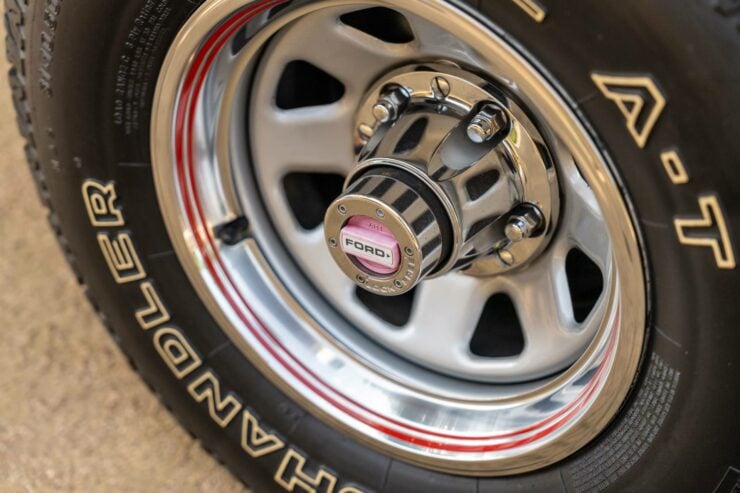
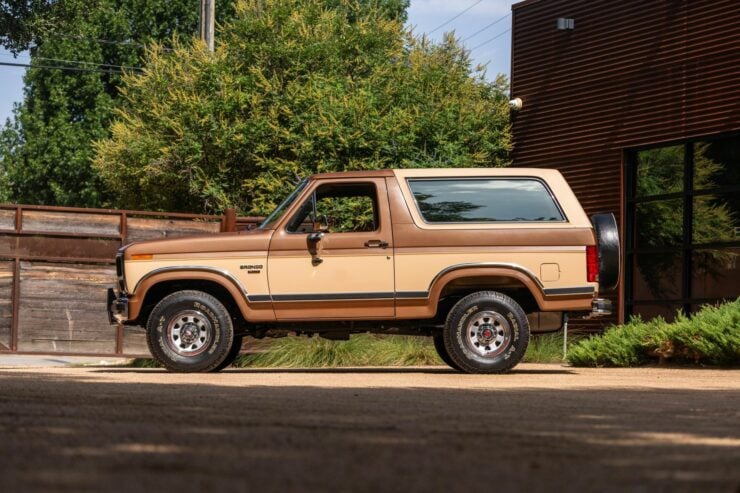
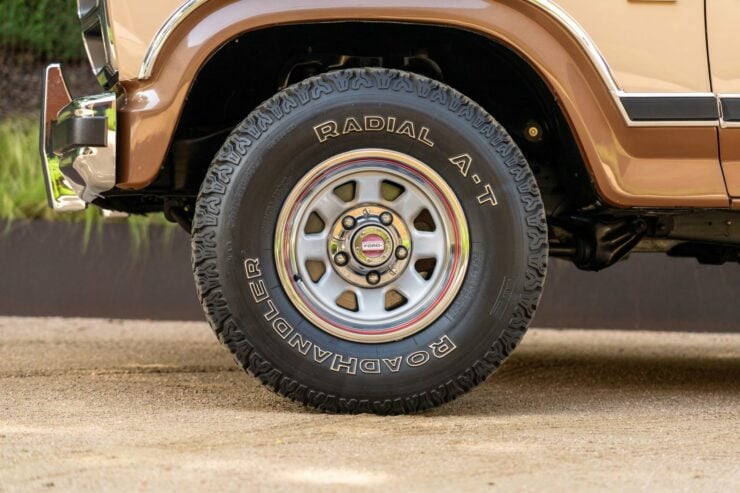
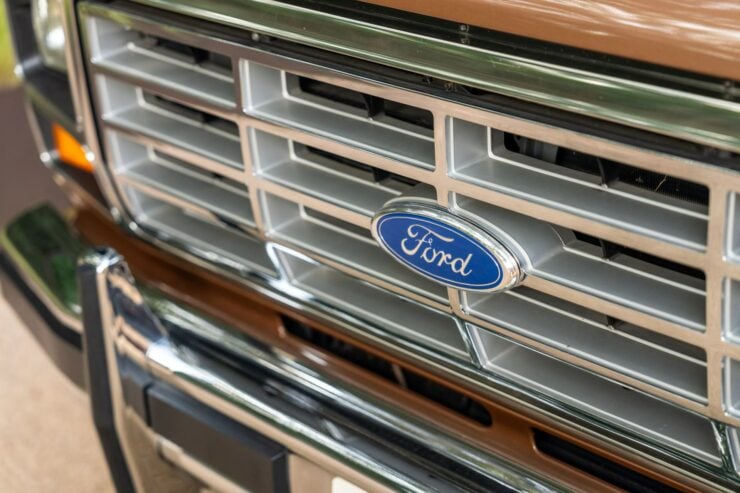

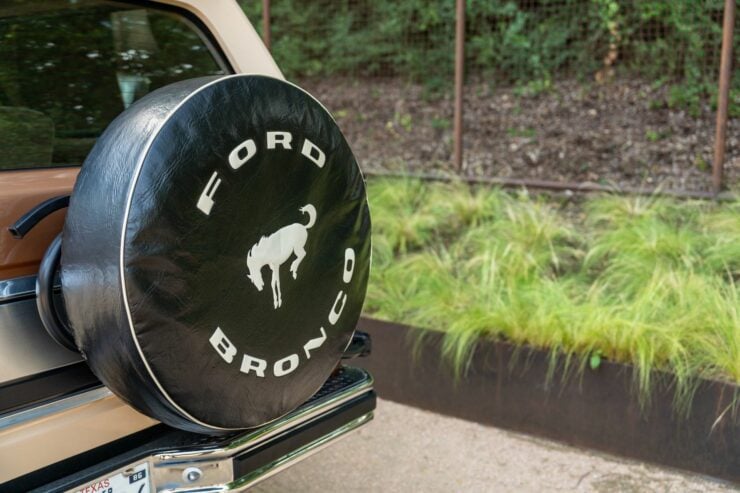
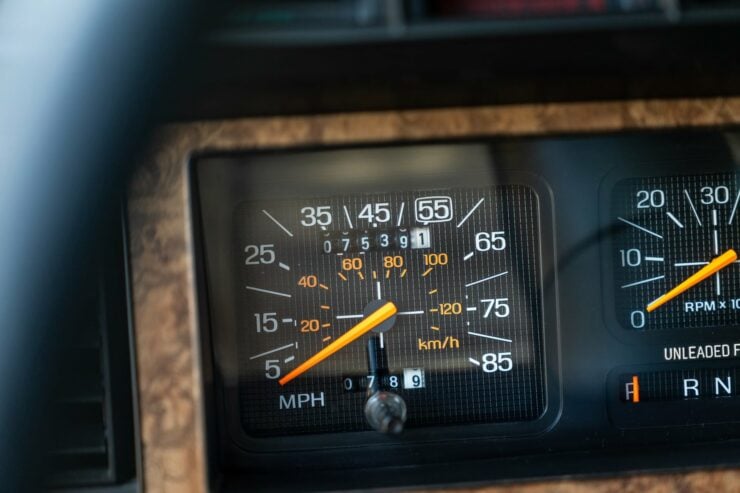
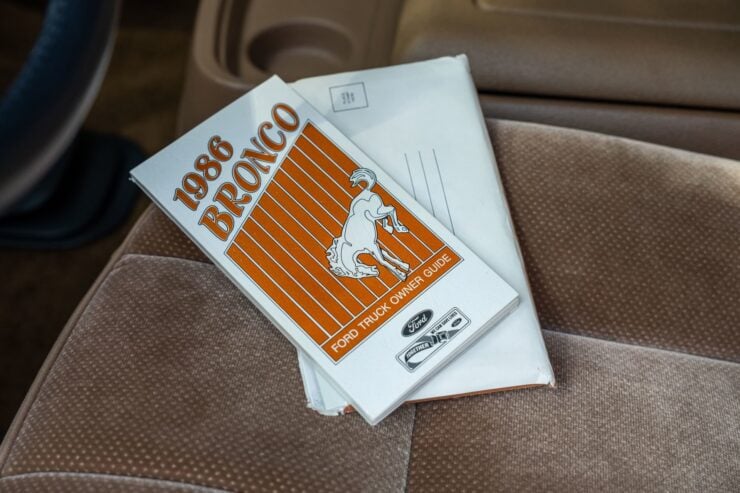
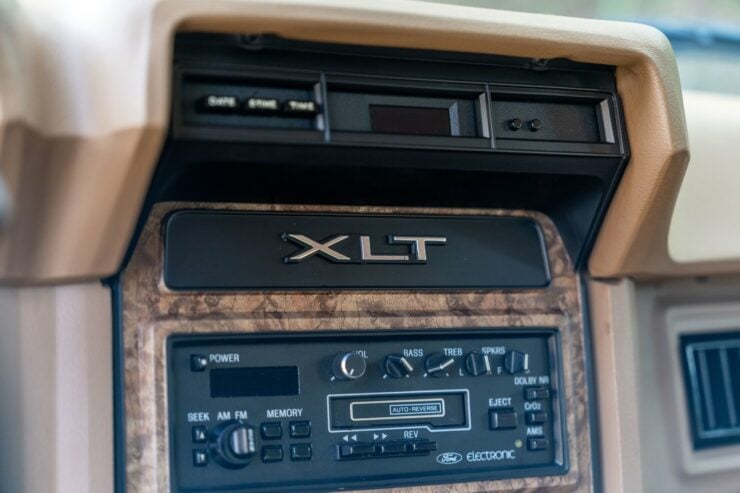
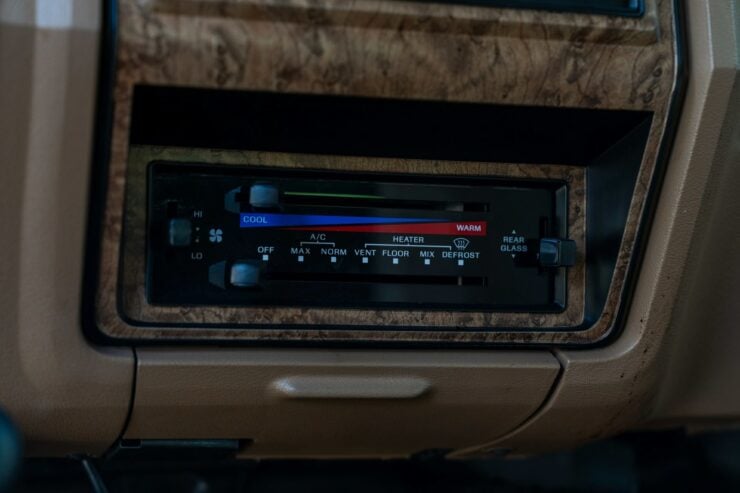
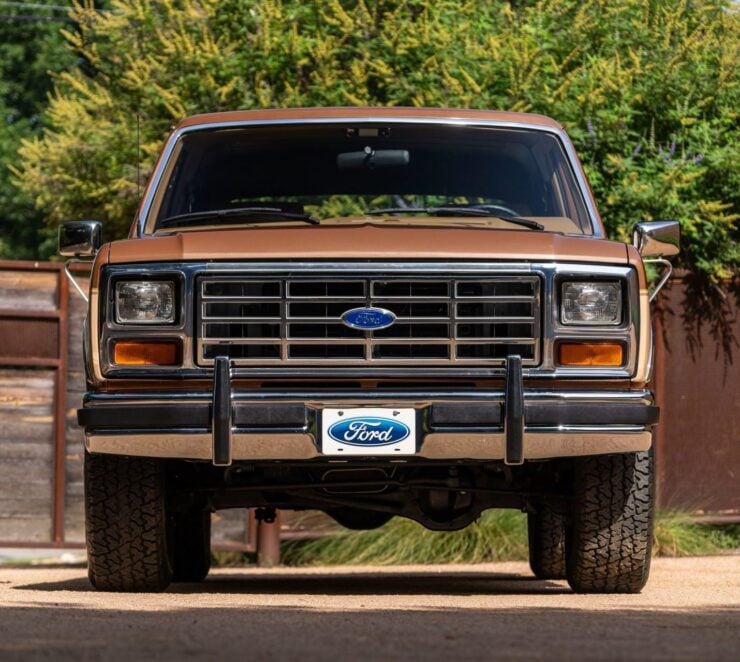

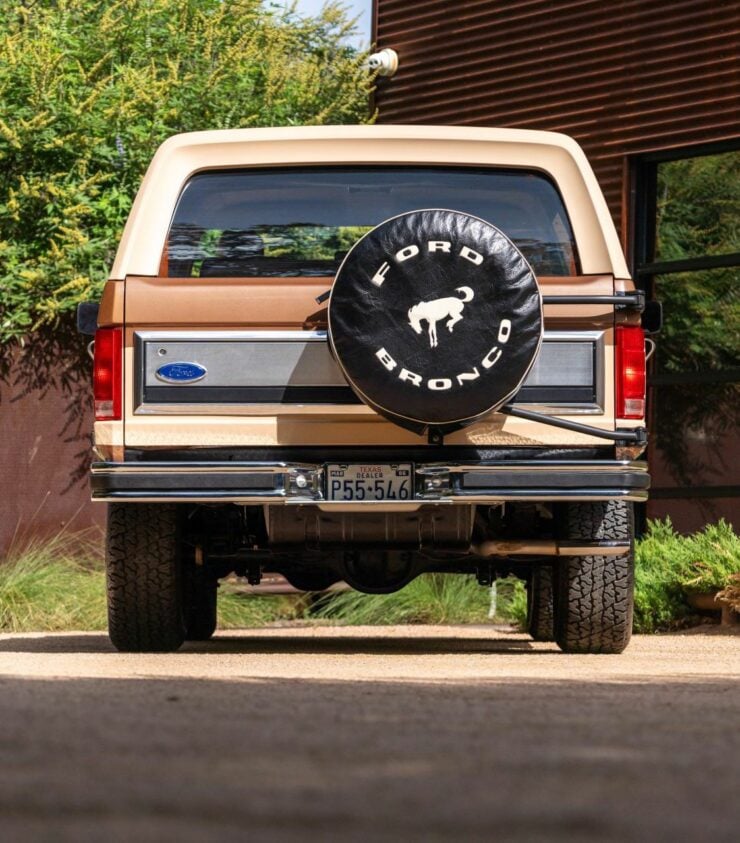
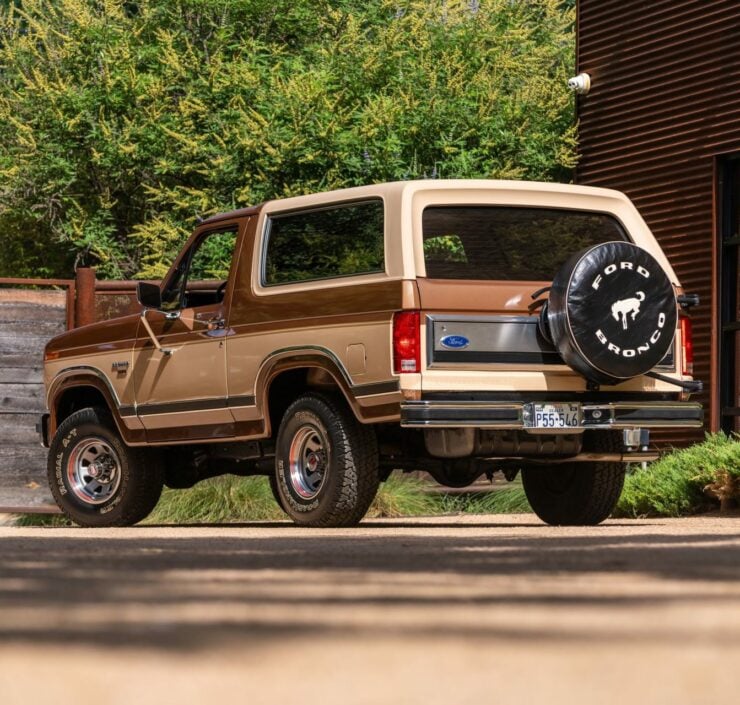
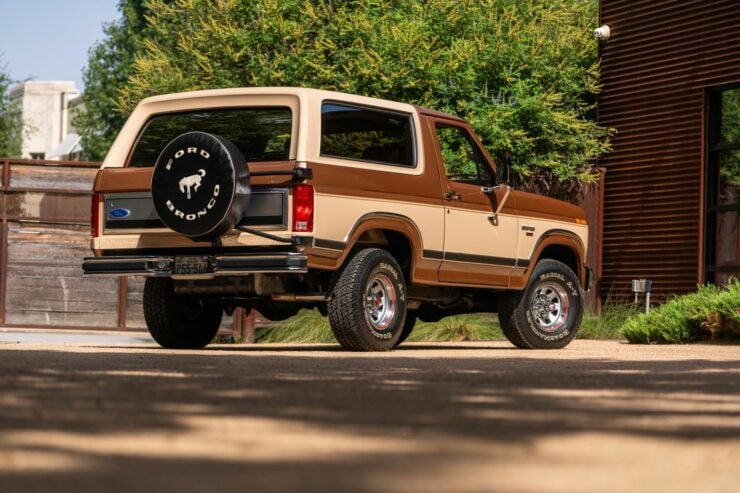
Images courtesy of Mecum

